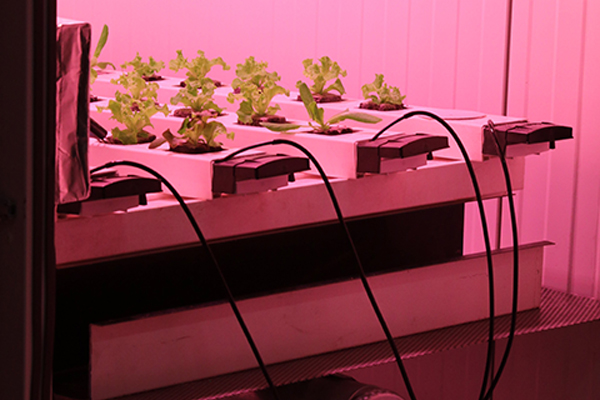
Hydroponic horticulture has revolutionized the way we grow plants, offering a soil-less and controlled environment that maximizes yields and minimizes resource usage. Among the many factors influencing hydroponic success, pH level in the nutrient solution stands out as a crucial parameter. In this blog post, we’ll delve into the significance of water pH in hydroponic systems, its effects on plant health, and how growers can maintain the optimal pH for thriving crops.
Understanding pH:
pH, or “potential of hydrogen,” is a measure of the acidity or alkalinity of a solution, on a scale ranging from 0 to 14. A pH of 7 is considered neutral, while values below 7 indicate acidity and above 7 signify alkalinity. For hydroponic horticulture, maintaining a specific pH range in the nutrient solution is paramount for plant nutrient uptake.
Effects of pH on Nutrient Availability:
The availability of essential nutrients to plants is directly influenced by pH. In hydroponic systems, nutrients are dissolved in water and absorbed by plant roots. However, different nutrients have varying solubility at different pH levels. For instance, iron is more accessible to plants in slightly acidic conditions, while phosphorus is better absorbed in a slightly alkaline environment.
Optimal pH Range:
The ideal pH range for most hydroponic crops falls between 5.5 and 6.5, slightly on the acidic side. Within this range, the majority of essential nutrients are readily available to plants. Deviations from this optimal pH can lead to nutrient deficiencies or toxicities, negatively impacting plant growth and overall health.
pH Monitoring and Adjustment:
Regular monitoring of water pH is a fundamental practice for hydroponic growers. pH meters and test kits are essential tools for accurate measurement. Adjusting pH is typically done by adding pH-up or pH-down solutions, depending on whether the solution is too alkaline or too acidic.
Factors Influencing pH:
Several factors can influence water pH in hydroponic systems. The composition of the nutrient solution, the type of water used, and the activity of beneficial microorganisms all play a role. Additionally, plant uptake of nutrients can alter the pH over time.
Tips for pH Management:
- Consistent Monitoring: Regularly check and adjust the pH of the nutrient solution, ideally on a daily basis.
- Quality Water: Start with a clean and quality water source, as water quality can impact pH stability.
- Balanced Nutrient Solution: Ensure a well-balanced nutrient solution to minimize pH fluctuations caused by nutrient interactions.
- Beneficial Microorganisms: Maintain a healthy population of beneficial microorganisms in the root zone, as they can contribute to pH stability.
Conclusion:
In hydroponic horticulture, mastery of water pH is essential for maximizing plant growth and optimizing yields. As growers harness the power of controlled environments, understanding the intricate relationship between pH and nutrient availability becomes a key element in achieving success. By diligently monitoring and adjusting water pH, hydroponic enthusiasts can create an ideal environment for their crops to thrive, ultimately reaping the benefits of a sustainable and efficient growing system.
